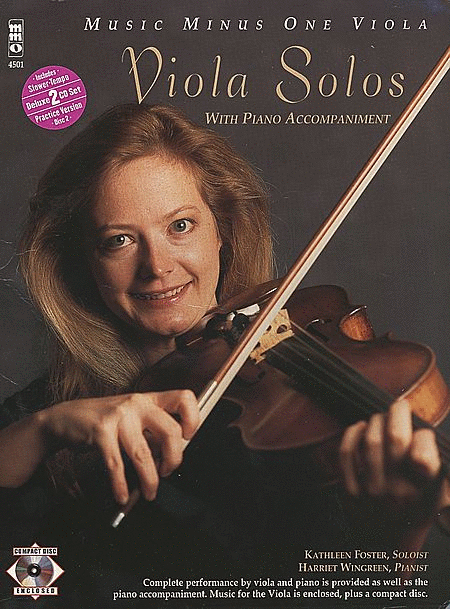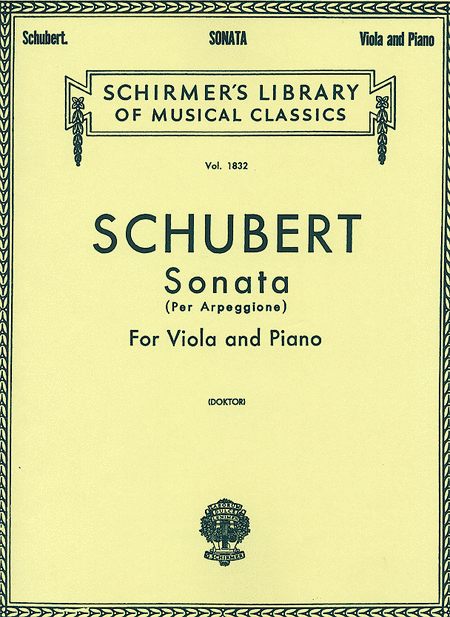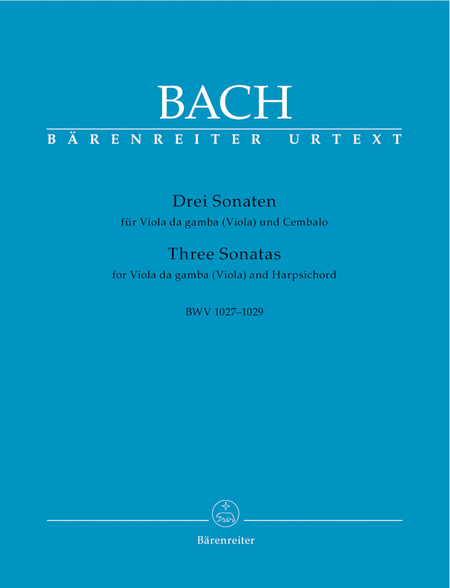Erhalt uns, Herr, bei deinem Wort (Uphold us, Lord,
within thy word), BWV 126, is a church cantata by
Johann Sebastian Bach. He wrote the chorale cantata in
1725 in Leipzig for the Sunday Sexagesimae, the second
Sunday before Lent, and first performed it on 4
February 1725. It is based on the hymn by Martin
Luther.
Bach wrote the chorale cantata in his second year in
Leipzig for Sexagesimae and first performed it on 4
February 1725. This means that it was performed only
two days after t...(+)
Erhalt uns, Herr, bei deinem Wort (Uphold us, Lord,
within thy word), BWV 126, is a church cantata by
Johann Sebastian Bach. He wrote the chorale cantata in
1725 in Leipzig for the Sunday Sexagesimae, the second
Sunday before Lent, and first performed it on 4
February 1725. It is based on the hymn by Martin
Luther.
Bach wrote the chorale cantata in his second year in
Leipzig for Sexagesimae and first performed it on 4
February 1725. This means that it was performed only
two days after the cantata Mit Fried und Freud ich fahr
dahin, BWV 125, for the Purification of Mary on 2
February. The prescribed readings for the Sunday were
taken from the Second Epistle to the Corinthians,
"God's power is mighty in the week" (2 Corinthians
11:19–12:9), and from the Gospel of Luke, the parable
of the Sower (Luke 8:4–15). The cantata is mainly
based on the hymn "Erhalt uns, Herr, bei deinem Wort"
by Martin Luther, but also on other hymn stanzas, which
frequently appeared together in hymnals of Bach's time;
three stanzas of Luther's chorale, are followed by two
stanzas of Justus Jonas, Luther's German version of Da
pacem Domine (Give peace, Lord, 1531), and a stanza of
Johann Walter paraphrasing 1 Tim 2:2 (1566).
A characteristic feature of the opening chorus is a
four-note trumpet signal, which is derived from the
beginning of the chorale melody, as if to repeat the
words "Erhalt uns, Herr" (Uphold us, Lord) again and
again. The motif consists of the three notes of the A
minor chord in the sequence A C A E, with the higher
notes on the stressed syllables, the highest one on
"Herr". The cantus firmus of the chorale is sung by the
soprano, the other voices sing in imitation, embedded
in an independent concerto of the orchestra.
The first aria is a prayer, intensified by two oboes.
In the middle section the words "erfreuen" (delight)
and "zerstreuen" (scatter) are illustrated by fast runs
in the tenor. The second aria, movement 4, is dramatic,
especially in the restless continuo. John Eliot
Gardiner quotes W. G. Whittaker: Bach’s "righteous
indignation at the enemies of his faith was never
expressed more fiercely than in this aria". Movement 3
presents the recitative in the alternating voices alto
and tenor, but the ornamented chorale as a duet. The
chorale melody switches also, given to the voice which
enters, whereas the other one continues its recitative
by accompanying material. Movement 6 combines the two
stanzas from different chorales in a four-part
setting.
Although originally scored for alto, tenor, and bass
soloists, a four-part choir, trumpet, two oboes, two
violins, viola and basso continuo, I created this
arrangement for Viola Duet.

 SHEET MUSIC
SHEET MUSIC
 SHEET MUSIC
SHEET MUSIC
 SHEET MUSIC
SHEET MUSIC
















 Mike Magatagan's Arrangements
Mike Magatagan's Arrangements